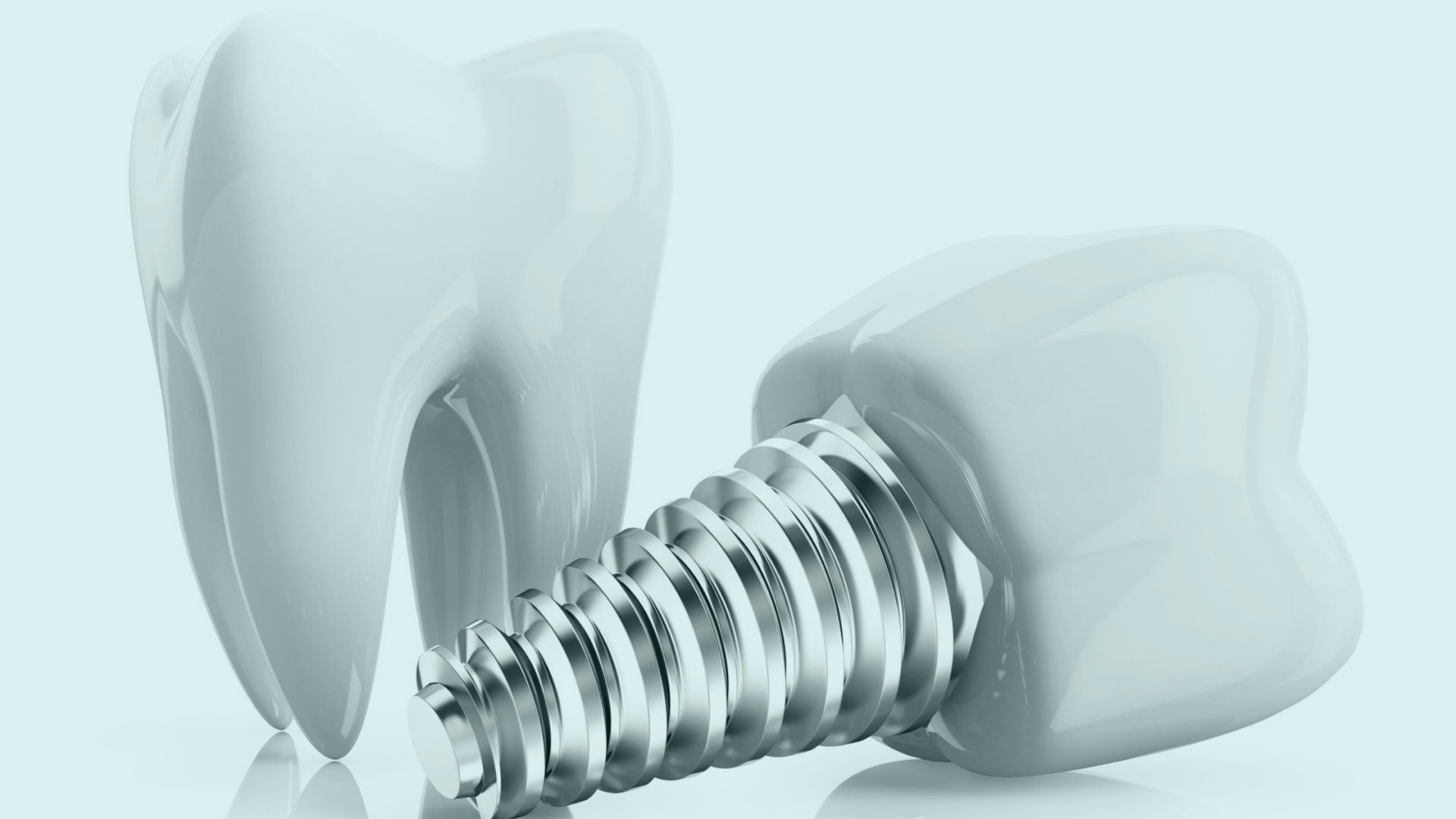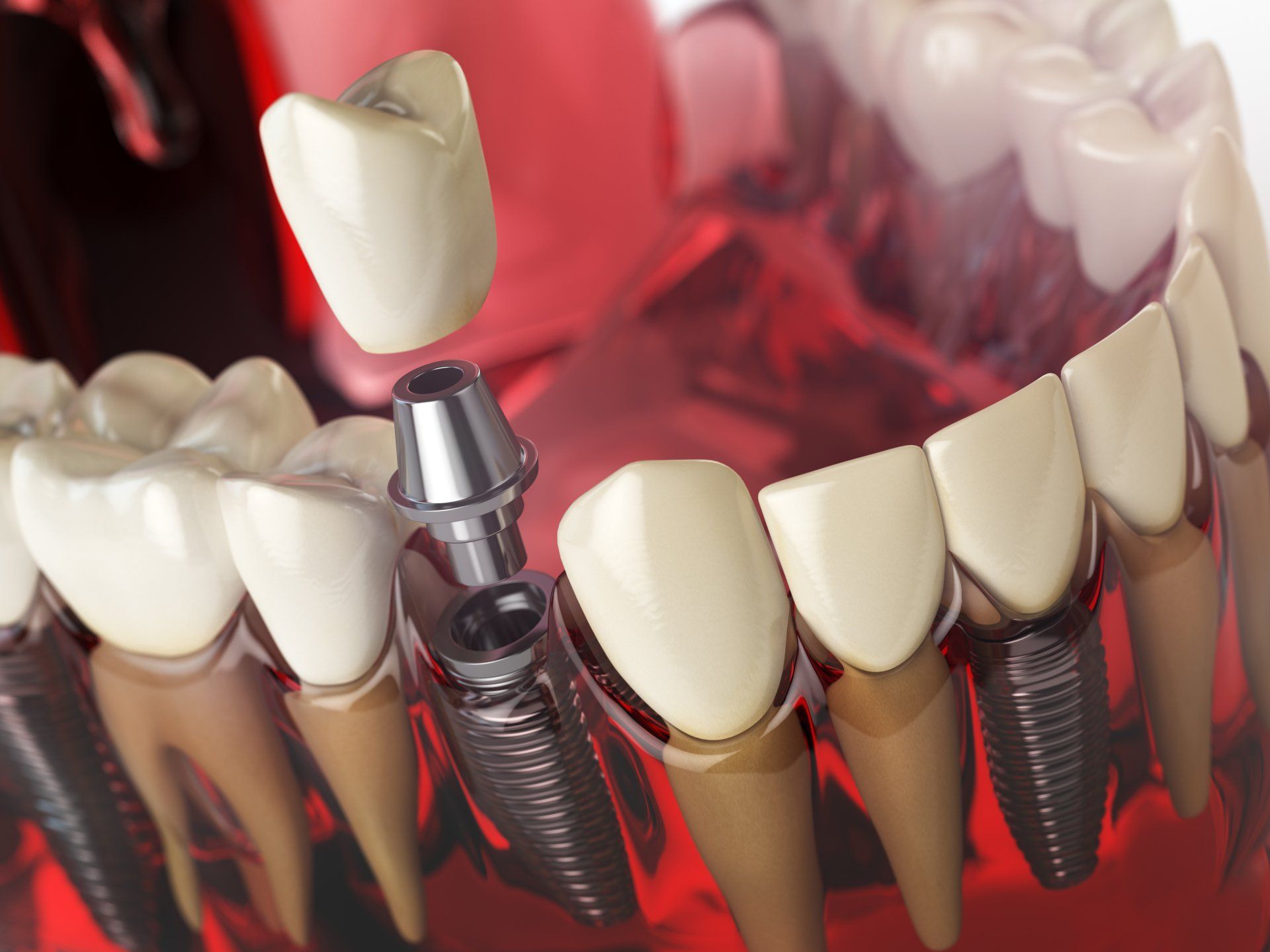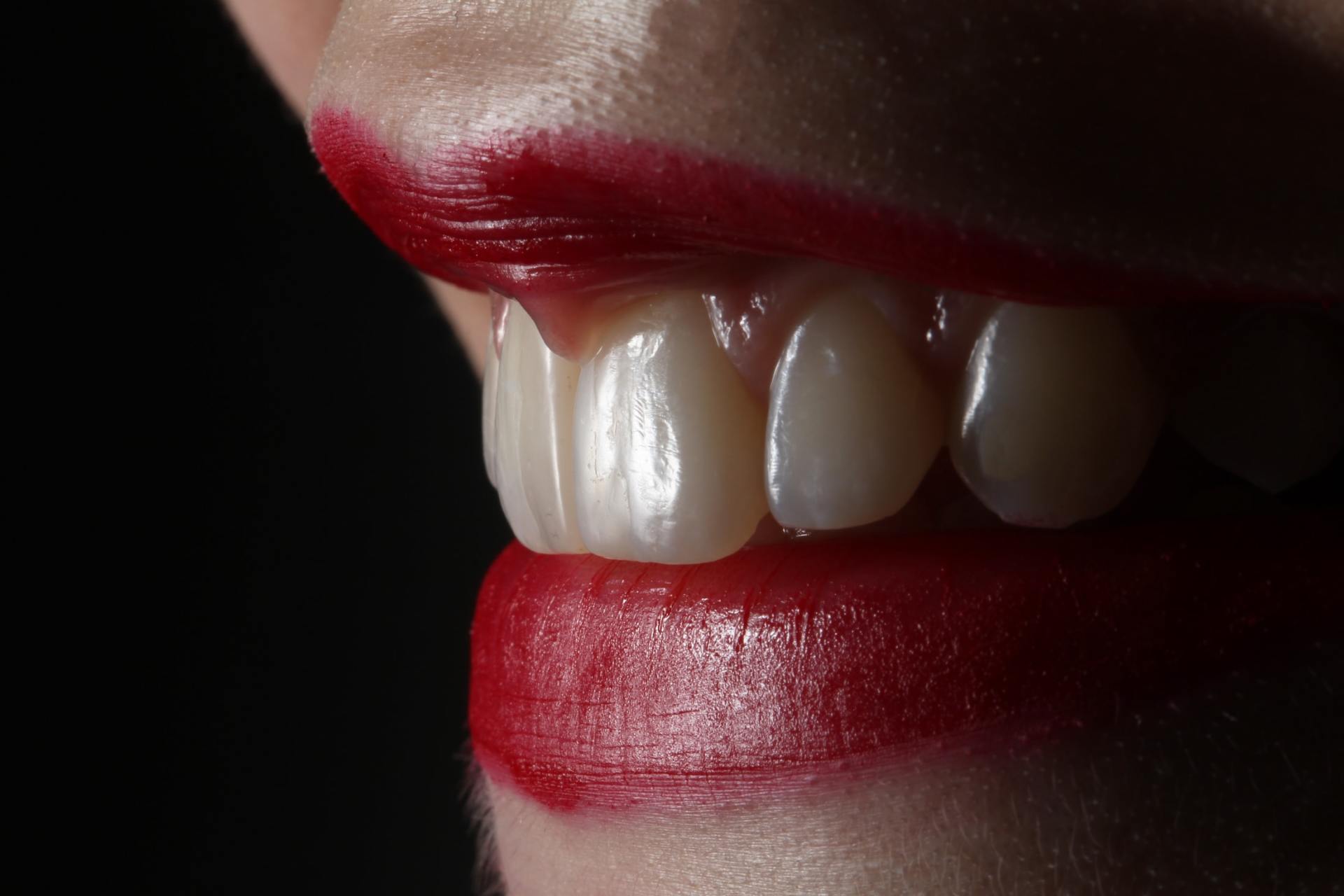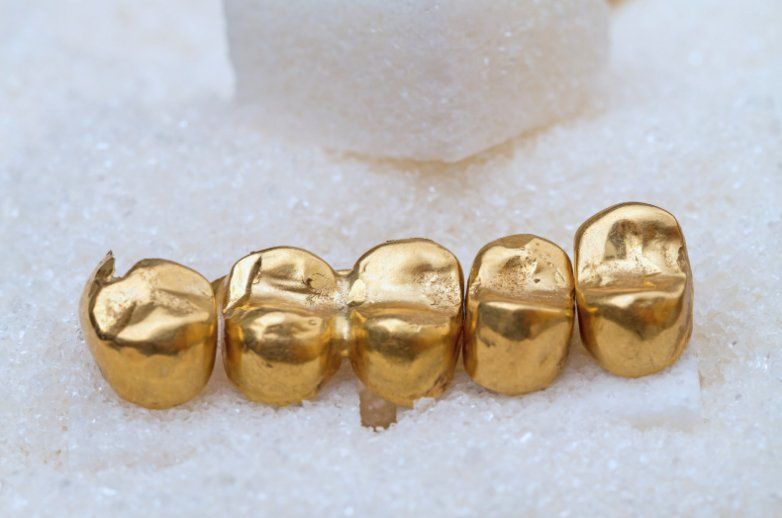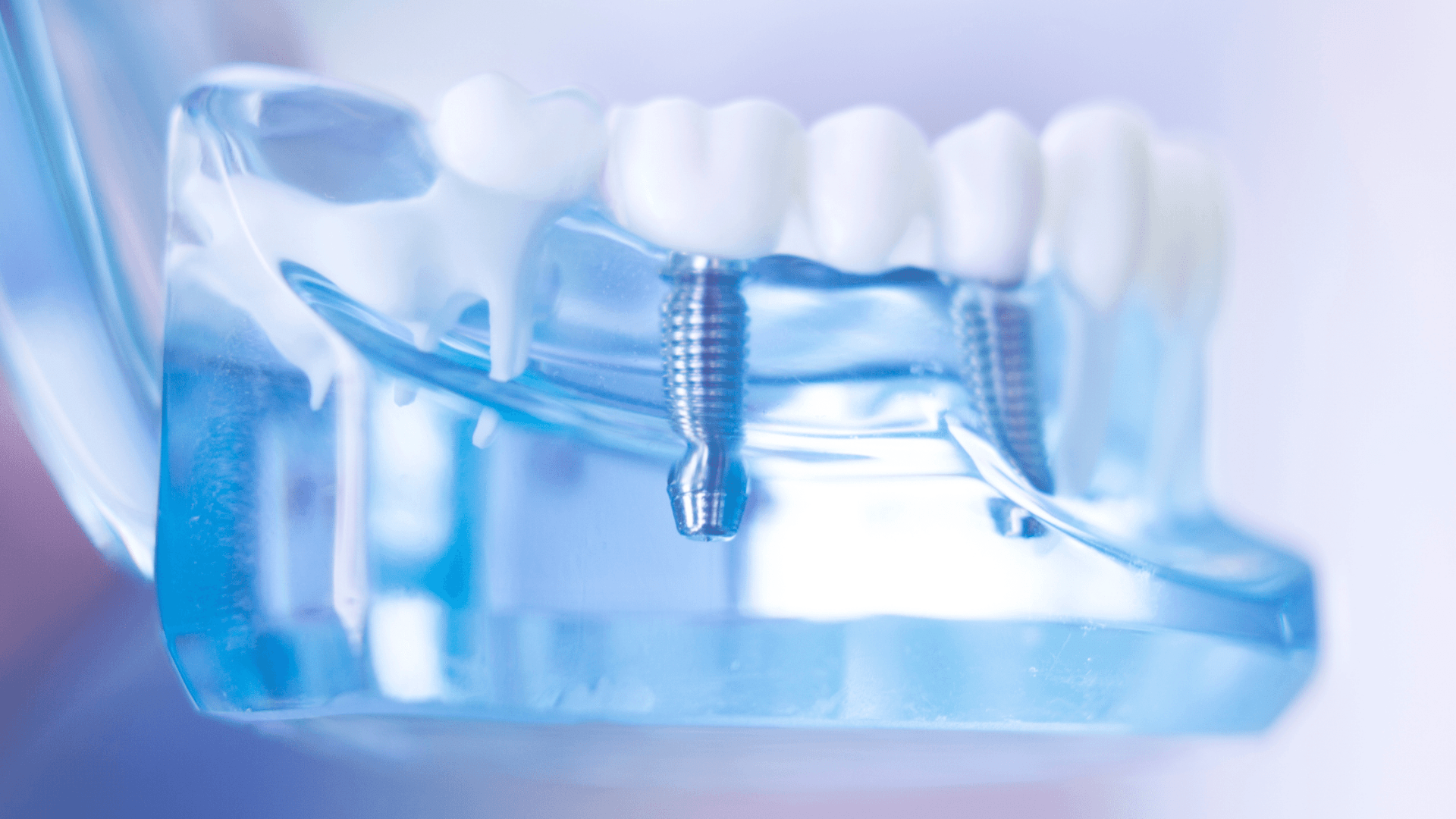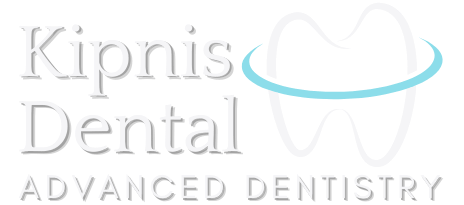Dental Implants: A Solution to Tooth Loss
Why get a dental implant, and what are their associated costs?
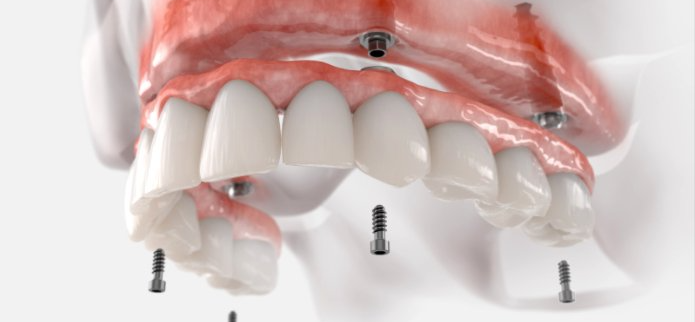
In 1945, the United States started using public water systems to distribute small amounts of fluoride to reduce the incidence of dental caries. This initiative has been recognized as one of the most successful public oral health programs around the globe. Communities that have access to small amounts of fluoride in their water present 25% less incidence of dental caries. Less incidence of dental caries in a population translates into teeth staying healthy and functional for a longer time. This is particularly important for children, who are the most susceptible population because it allows them and their parents to fight dental caries in a more step-by-step manner. Prevention of rampant and aggressive caries during childhood and adolescence has been linked to reduced loss of permanent teeth during adulthood.
In the past, dentistry tried to alleviate the dental caries problem using a “surgical” approach. This approach, which waited for cavities to occur, concentrated in the removal of the caries lesion and its further restoration to recover function. Dealing with the result of the disease instead of its cause proved to be unsuccessful. Nowadays, dentistry uses an improved “medical” paradigm. Modern dentistry recognizes the need to characterize patients’ risks and use that information to design a patient-specific evidence-based treatment plan.
Effective, public and private, models for caries management have resulted in young populations with reduced tooth loss. The incidence of tooth loss in the US has been declining by a 10% every decade, and therefore the focus on restorative dentistry has shifted towards the treatment of partially edentulous (i.e., with missing teeth) patients.
Treatment options for partially edentulous patients
Patients who do not require the replacement of many teeth are categorized as partially edentulous. Treatment options for these patients are mainly three; (1) removable dentures; (2) fixed partial dentures (i.e., bridges); and (3) dental implants.
Removable dentures are usually used as a temporal solution and are often only chosen due to socioeconomic reasons. These dentures do not integrate well with the underlying dental anatomy leading to a lack of stability when compared to fixed dentures and dental implants. Consequently, patients have to change their dietary habits to adapt to the reduced functionality of their mastication. These patients might also feel self-conscious of their removable dentures which can significantly affect their social life. Moreover, removable dentures require regular and rigorous cleaning.
Fixed prosthetics (i.e., dental bridges) do integrate more effectively with the patient’s dental anatomy and provide improved function when compared to removable options. Unfortunately, they require to be anchored to adjacent, in many cases unaffected, teeth. During this procedure, the supporting teeth (also called abutments) suffer irreversible tissue loss, which in the future can compromise their integrity. For instance, studies have found that around 20% of failed bridges lead to dental caries in their anchoring teeth. Furthermore, fixed prosthetics are not a life-long treatment, and in some instances require additional more invasive preparation of the abutments (i.e., root canal treatment).
For these reasons, dental implants, are perhaps the most cost-effective treatment for partially edentulous patients. Dental implants have the same stability as dental bridges and do not compromise the structure of adjacent teeth. These implants, which are anchored to the bone underlying the dental defect, take advantage of a biological process called osseointegration. Osseointegration occurs when the bone healing process promotes the deposition of new and healthy bone directly on top of the surface of a biocompatible material. In restorative dentistry, this means that there is a strong functional, structural, and biological link between the supporting bone and the dental implant.
Clinical limitations of dental implants
Patients might not be eligible to receive a dental implant in the following scenarios:
· Allergies or lack of biocompatibility with the material of the dental implant.
· Lack of volume or quality of the underlying bone.
· Aesthetic concerns due to gum recession or lack of integration with soft tissue (i.e., gums).
· Patient’s history of bad dental hygiene.
Cost-benefit analysis
Responsible clinicians will always adapt treatment plans to match their patients’ socioeconomic context – in both private practice and governmental programs. Dental implants are not cheap, and patients need to be aware of any associated costs when choosing them as a treatment option. Especially because most dental insurance plans consider dental implants as “experimental” and “aesthetic” procedures, and do not cover their costs. The following are some of the key aspects to consider.
The number of missing teeth and number of implants needed – The cost of an individual implant varies across the US from USD 3,500 to 5,000. This includes the surgical procedure, the implant, and the crown that replaces the missing teeth. But usually does not include other additional treatments – described below. Patients need to understand and be aware of cases where the successful restoration of their dental health requires more than one implant. Treatment plans including multiple implants should have a reduced price per unit.
· Additional treatments – Dentists can propose additional treatments to improve underlying bone volume or quality, improve implant integration with soft tissue (i.e., gums), and improve aesthetic outcomes. As previously mentioned, implants require a minimum “amount” of healthy underlying bone to be a feasible treatment option. Bone grafts are the additional treatment of choice in these cases. Alternatively, the dentist could recommend more specialized implant designs to overcome bone-health-related limitations – zygomatic implants for instance. The costs associated with these additional treatments range from a few hundred to several thousand dollars.
· Treatment longevity – an important aspect to consider when choosing dental implants as a treatment option has to do with their longevity. Dental implants when successful are considered a life-long treatment. This means that if the osseointegration process is successful and the patient maintains proper oral hygiene, dental implants can potentially last a lifetime. In contrast, fixed dentures, and other dental treatments, need to be replaced as their materials deteriorate with time. The ADA (American Dental Association) recommends replacing dental bridges every 5 to 7 years – bridges could last as long as 10 years if patients take good care of them.
· Oral health risks – Aside from the tangible costs of dental implants as a treatment, patients should consider the potential risks of not taking action to solve their oral health problems. Not restoring a missing tooth, not only decreases the patient’s quality of life but, if untreated, can lead to complex clinical scenarios that are more expensive to treat. Additionally, sometimes patients decide to keep infected teeth in their mouth worried about the costs associated with treatment. This approach is very negative because dental caries and periodontal disease are contagious infections that are transmitted not only from one patient to another but from one tooth to another too. Finally, infected teeth can contribute to the development of severe systemic illnesses like cardiovascular disease, dementia, infertility, pregnancy complications, rheumatoid arthritis, and others.
Final remarks
Ideally, tooth loss in modern society should not happen. Patients, dentists, and governmental agencies should all work together to improve preventive strategies instead of focusing on ineffective treatments. When teeth loss happens, dental implants are the most cost-effective treatment option for patients – if they are medically eligible. Dental implants are still expensive and most of the burden of their cost is still carried by the general public. Governmental agencies should support dental implants' clinical value and incentivize insurance companies to stop considering them as experimental or aesthetic procedures. Perhaps this could be as historically effective in promoting public oral health as fluoridation of public water systems has been in the past.
Contact
Office:
Email:
marinakipnis@hotmail.com
Address:
3041 Brighton 2nd St. Brooklyn NY 11235
Services
Dental Cleaning
Dental Veneers
Crowns & Bridge
Extractions
Gum Treatments
Implant Restoration
Invisalign
Root Canal
Sleep Apnea
Teeth Whitening
Dental Cleaning
Dental Veneers
Crowns & Bridge
Extractions
Gum Treatments
Implant Restoration
Invisalign
Root Canal
Sleep Apnea
Teeth Whitening
Quick Links
Designed by Keter Capital

